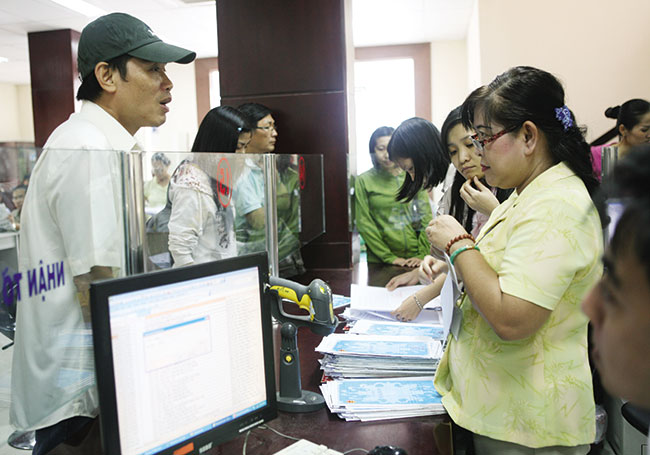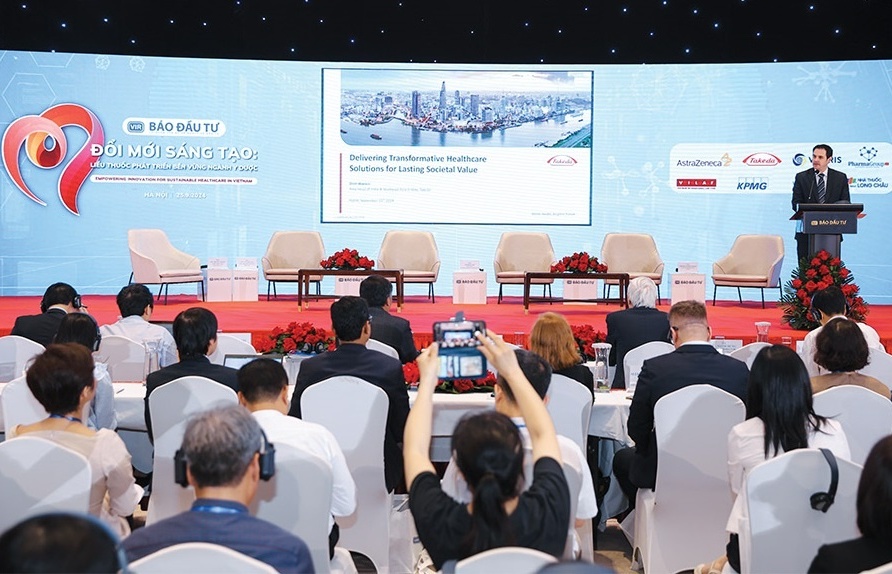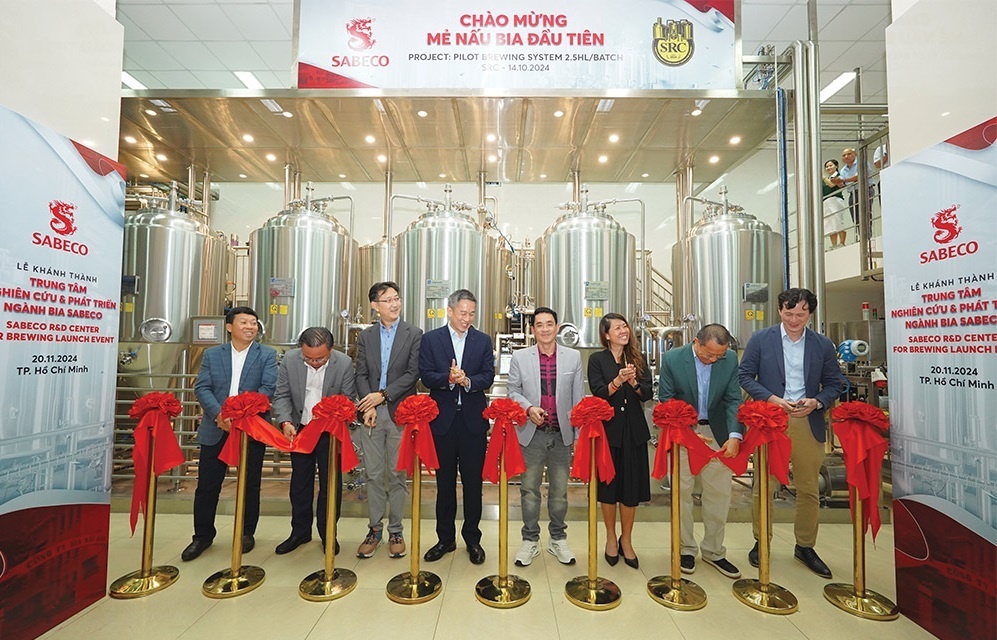GDT executes U-turn on loss carryforward
 |
| Lixil Vietnam’s criticism of Dispatch 97/TCT-CS initiated a change of policy for the General Department of Taxation |
The latest directive from the department (GDT) came after Lixil Vietnam, a subsidiary of Japanese manufacturer Lixil Group, voiced its opposition to a previous policy released by the GDT in January this year.
The earlier policy, from Dispatch No.97/TCT-CS dated January 8, rejected a proposal by Lixil Vietnam that the company could use previous losses to first offset the income from factories that were granted tax incentives, and then apply the balance to factories that do not enjoy the same incentives.
“The company [Lixil Vietnam] must not transfer remaining losses to business activities as they wish, because the company does not separately record and account the revenues and costs of each factory,” the dispatch stated.
Instead, the GDT requested that Lixil Vietnam carry forward its loss to the factories that had not been granted tax incentives first, and then transfer them to the plants that do enjoy tax incentives, which is in the opposite order to what the company wished to do.
In 2014, Lixil Vietnam (Vinax) merged with Lixil Inax Danang Manufacturing Co., Ltd (Dinax) and Lixil Inax Saigon Manufacturing Co., Ltd (Sinax) into two dependent branches. These branches had total accumulated losses for the year 2014, which Lixil Vietnam wanted to offset against the taxable income of Vinax’s eight factories.
However, according to Lixil, the GDT’s argument was far from persuasive. While not allowing enterprises to offset losses against income at their discretion, such income is determined under allocation methods instead of being separately recorded, the GDT required the firm to offset such losses against the income from non-preferential activities, which is also determined by allocation method.
The GDT’s method would give Lixil Vietnam fewer benefits than the company’s proposed method, due to the fact that only Vinax’s No. 4 and No. 5 factories have corporate income tax (CIT) incentives applied to them. If Lixil must first transfer its losses to its other Vinax factories, which are no longer eligible to enjoy tax incentives, the amount of taxes due would be larger.
Lixil pointed out that the method recommended by the GDT is inconsistent with Circular No.78/2014/TT-BTC on CIT, which allows enterprises to “choose to clear such losses against its taxable incomes from income-generating business activities”.
Moreover, Circular 78 does not state that firms must separately account for profits and losses of each business activity in order to perform loss carryforward.
In practice, if enterprises have multistage investments and various investment incentives, separate records of profits and losses are not only not required by the Law on Accounting, they are unfeasible.
Eventually, the GDT capitulated, saying that “enterprises may choose the order of loss carryforward,” as stated by deputy head of the GDT Cao Anh Tuan.
However, Tuan reaffirmed that company losses could be used to offset income from property transfers or project transfer activities, along with many other exceptions regulated in Circular 78.
What the stars mean:
★ Poor ★ ★ Promising ★★★ Good ★★★★ Very good ★★★★★ Exceptional
Latest News
More News
- Transforming accountancy with sustainability and ESG leadership (November 23, 2024 | 09:00)
- Vietnamese agricultural goods make Chinese e-commerce debut (November 22, 2024 | 20:04)
- Vietnam National Assembly adopts amended Law on Pharmacy (November 22, 2024 | 19:09)
- Power of partnerships: 30 years of Bayer in Vietnam (November 22, 2024 | 15:34)
- Consumption demand driving export performance (November 22, 2024 | 10:59)
- Rice exports set to break records (November 21, 2024 | 17:53)
- Growth beckons for GenAI startups in Vietnam (November 21, 2024 | 17:47)
- SABECO to elevate Vietnam's beverage industry to global standards (November 21, 2024 | 17:36)
- ABeam Consulting Vietnam introduces BSQCD Purchasing Strategy Framework (November 21, 2024 | 16:40)
- Major railway requires debt considerations (November 21, 2024 | 12:07)
















 Mobile Version
Mobile Version